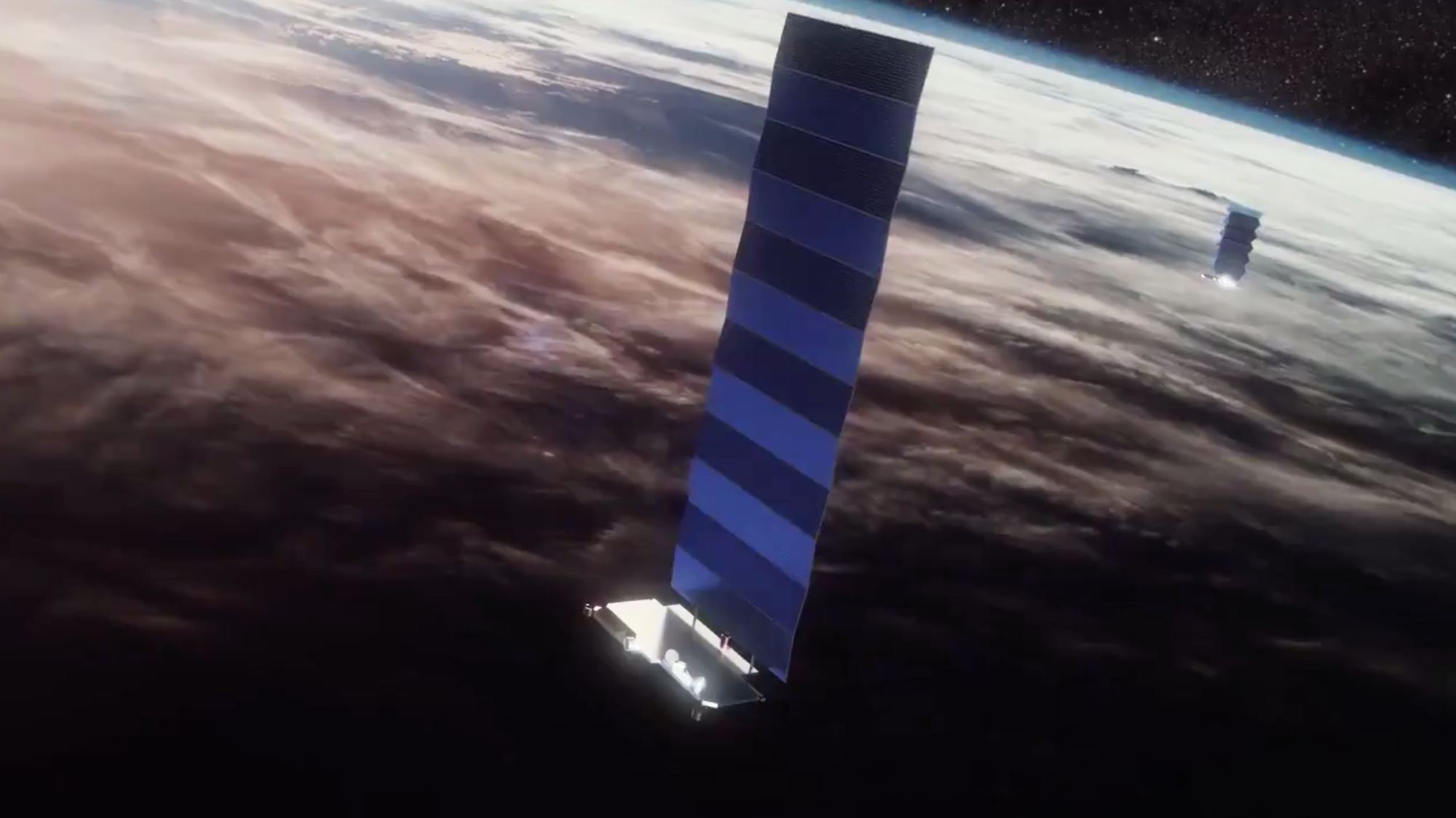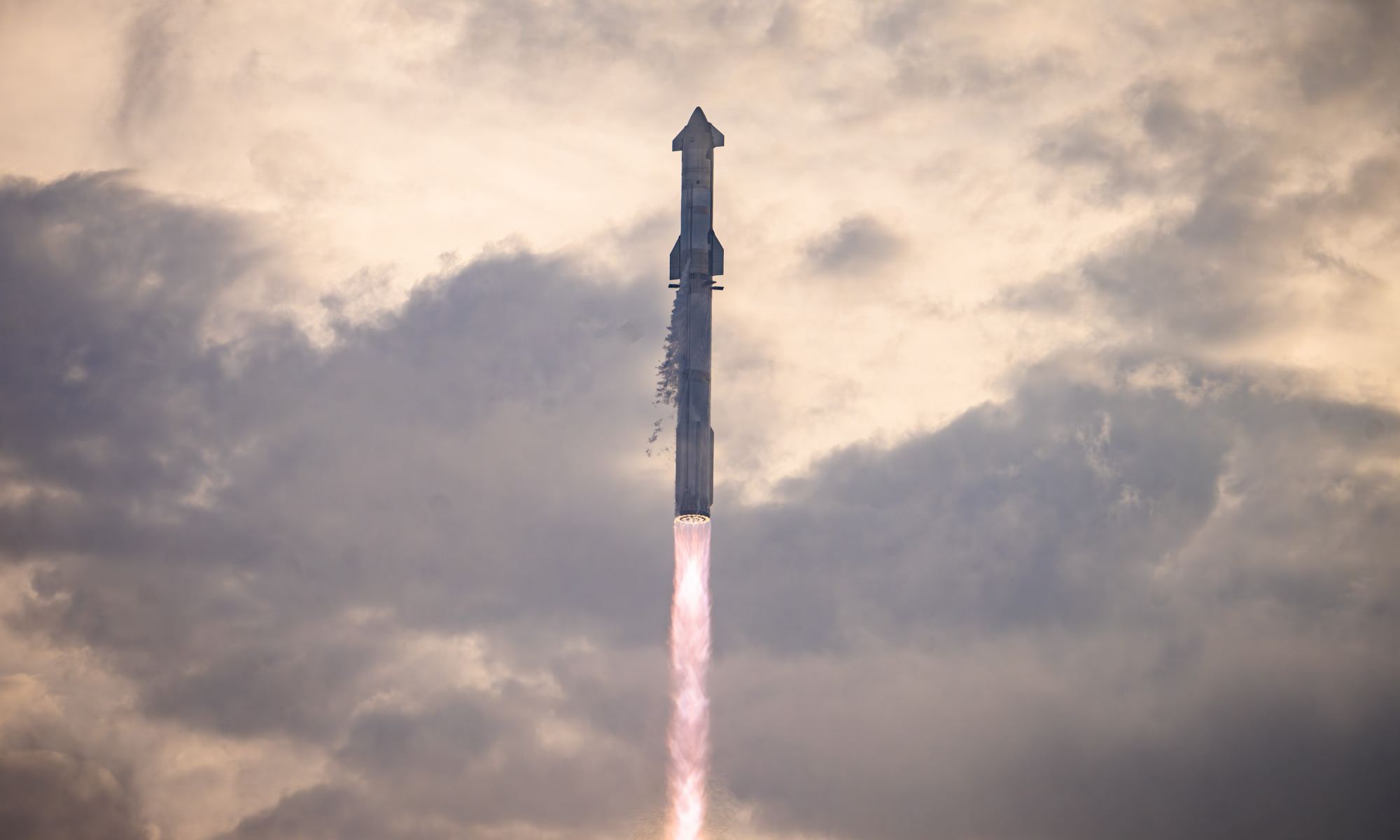Six years after he announced a grand plan to fly around the moon with a crew of artists in SpaceX’s Starship rocket, Japanese billionaire Yusaku Maezawa said he was canceling the project due to delays in Starship’s development.
In a series of postings to the X social-media platform, Maezawa said he signed his contract with SpaceX “based on the assumption that dearMoon would launch by the end of 2023.”
“It’s a developmental project, so it is what it is, but it is still uncertain as to when Starship can launch,” he wrote. “I can’t plan my future in this situation, and I feel terrible making the crew members wait longer, hence the difficult decision to cancel at this point in time. I apologize to those who were excited for this project to happen.”
Continue reading “Japanese Billionaire Calls Off His Starship Trip Around the Moon”









